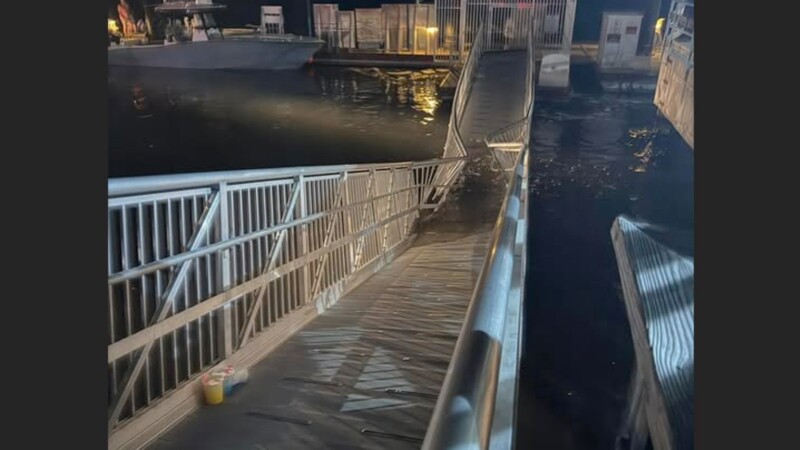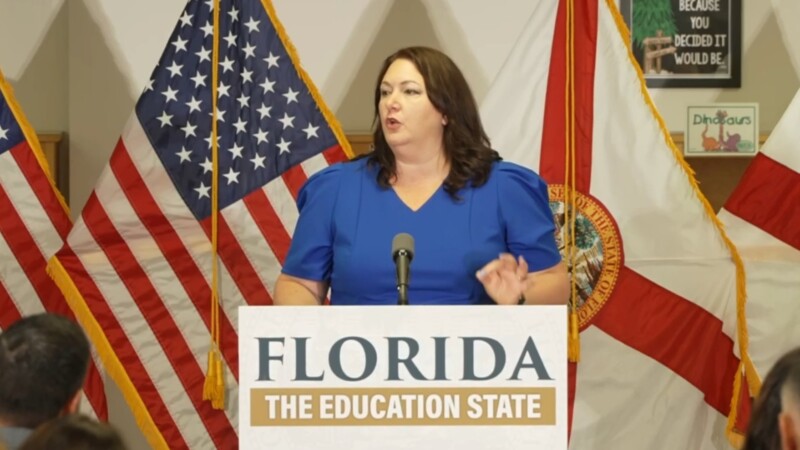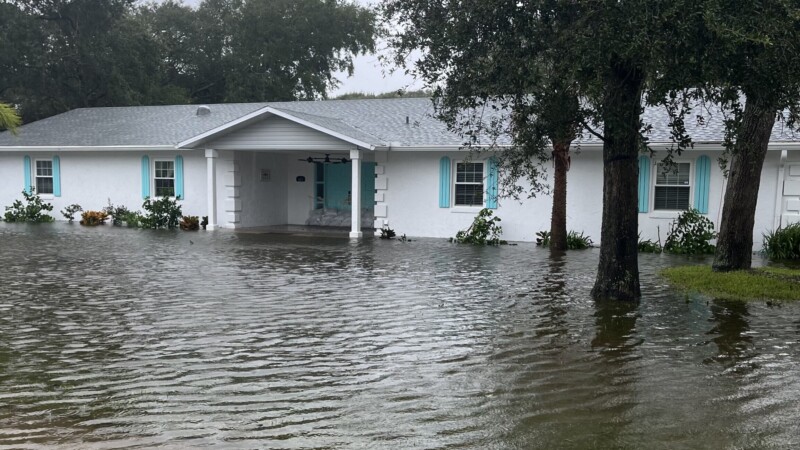The city of Jacksonville is playing catch-up when it comes to addressing climate change, but it’s now poised to take significant action thanks to the recent work of the City Council’s Special Committee on Resiliency.
The committee recently published a comprehensive report on how the city can become more resilient to floods, natural disasters and the effects of climate change. The goal of the report is to provide the future chief resiliency officer (CRO) with a foundation to begin their work. Jacksonville is the only major Florida city without a CRO.
More than 40 subject matter experts were consulted at 50 public meetings over a 14 month period. City Council unanimously approved the report in February and the new CRO is expected to be hired by May or June.
Below are 10 important findings from the report and what they could mean for the River City:
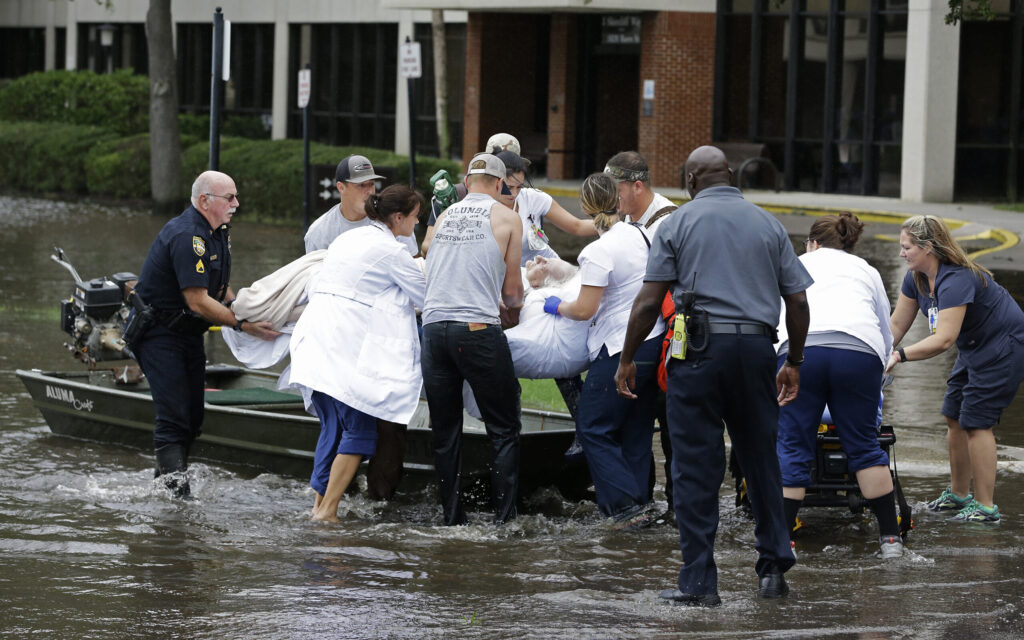
- Jacksonville’s Biggest Threat
Resiliency is the ability to “bounce back after a disastrous event,” according to the committee, and informing leaders who can then craft policy solutions was the report’s main goal.
“The greatest danger that Jacksonville faces is flooding, from the immediate threat posed by intense tropical storms to the steady increase in sea levels …,” said Randy DeFoor, city councilwoman and Resiliency Committee chair.
“With our 1,000 miles of riverfront and oceanfront, resiliency begins with keeping water out of our neighborhoods. It’s a multi-billion dollar fight that will be waged over decades to protect the city from the changing climate.”
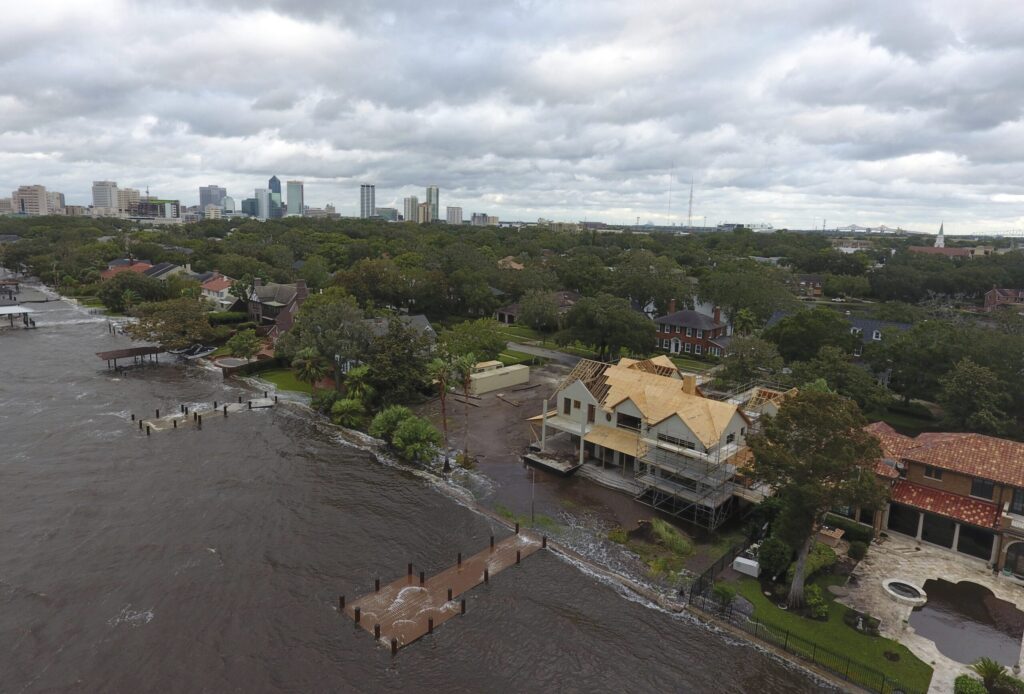
- Dredging the St. Johns River: More Information is Needed
The city needs to better understand how dredging the St. Johns River could worsen the effects of flooding and sea level rise. This could be done through a dredging mitigation study, with the city paying a portion of the cost and the U.S. Army Corps of Engineers paying the remainder.
The Army Corps estimates that dredging could cause a 12% increase in water levels during a high frequency storm event. That figure needs to be included in vulnerability assessments for areas of the city that could be affected by St. Johns River flooding.
- Insurance Rates Will Rise
“Every building built in Jacksonville before 1989 will face huge increases in flood insurance rates in the next 5 to 10 years,” according to Roderick Scott, board chair at the Flood Mitigation Industry Association. He also told the committee that federal flood insurance is “running a substantial deficit” that will take decades to pay off.
Mitigating flood risk will help “preserve property values and local tax revenues.” Scott said one of the best mitigation tools is elevating structures and that elevation information should be included in all future building permits.

- Create and Implement A Greenhouse Gas Inventory and Reduction Plan
Northeast Florida could see more than 7 feet of sea level rise by 2060 if fossil fuel emissions are not quickly and sharply reduced, the U.S. Army Corps of Engineers told the committee.
The city should measure fossil fuel emissions and set an ambitious reduction target and timeline consistent with federal recommendations and targets. Reduction efforts should focus on opportunities that address sources in underserved and underinvested neighborhoods, which are disproportionately impacted by pollution.
- Involve JEA
JEA can be involved on several levels as Jacksonville looks to become more resilient. For starters, the City Council should appoint at least one electric and one water/sewer engineering expert to the JEA board. It should also make sure JEA board members are committed to resiliency.
To address failing septic tanks, the utility should work with the city to decide where it makes sense to extend sewer lines and where alternatives to traditional septic tanks should be explored. Aging septic tanks leak human waste, nutrients and bacteria into groundwater, posing a threat to the environment and public health. Sea level rise is expected to worsen those challenges, so state and federal aid should be sought to help fund the removal of Duval County’s estimated 65,000 septic tanks.
As Jacksonville looks to reduce its carbon footprint, JEA should be required to establish an aggressive timetable for becoming carbon neutral, “double down” on solar and battery technology, adopt distributed energy resources decentralized throughout the community and work with JTA to electrify transportation and install more electric charging stations.

- Factor Social Justice and Equity into Decision Making Processes
The city should allocate “public resources more equitably to ensure that all neighborhoods are healthy, safe and more climate ready.” A social vulnerability index is one tool the city could use to make sure it’s including leaders from underinvested neighborhoods in resiliency conversations.
The committee found social justice important enough to include in its definition of resiliency, which is “the ability to collaboratively prepare for, prevent, absorb, recover from and more equitably adapt for damage from chronic stressors (i.e., aging infrastructure and sea level rise) and adverse events (i.e., hurricanes, extreme heat and high-intensity flooding).”
Sellers and landlords should be required to disclose in writing if a property has previously flooded or if it is in a flood zone. The disclosure of flood potential and history to renters could be an equity issue for low-income renters whose landlords may not have insurance. The state of Florida currently has no such flood disclosure requirement.
The city has recently begun surveying residents in at-risk neighborhoods to better understand specific problems related to sea level rise and coastal flooding.
- Pursue Creative Funding Measures
One of the largest revenue streams available is a half-cent sales tax, much like what Duval County voters approved in November to fund public school improvements. The report estimates that sales tax could produce as much as $93 million per year, which could be bonded for 30 years to produce $1.1 billion. The next opportunity for a sales tax referendum would be in November 2022. It could be used to fund facility maintenance and new construction projects.
Another option is a general obligation bond, which would require an additional property tax dedicated to a project. A 1 mill levy, $1 per $1,000 of assessed value, would produce as much as $69 million now or $850 in bonding capacity over 30 years.
The committee also recommended rejoining the Rockefeller Foundation’s Resilient Cities Network, which provides $1 million annually to cities for resiliency efforts. Mayor Lenny Curry withdrew Jacksonville from the program, formerly known as 100 Resilient Cities, shortly after taking office in 2016.
State and federal funding opportunities should be used to supplement local sources like these.

Credit: John Raoux, Associated Press
- Encourage More Resilient Building and Development Practices
Building and tax codes should be updated to incentivize low-impact development. Land use and zoning requirements should be changed to allow less impervious surfaces (artificial structures like parking lots that don’t allow water to seep into the ground) and require more space for trees and other natural assets.
The city should look at building codes in other Florida cities and counties to see if there are other resilience related elements that could benefit Jacksonville.
- Create a Green Infrastructure Action Plan
Green infrastructure is a patchwork of natural areas that provide habitat, flood protection, cleaner air and cleaner water. Flooding can be reduced by capturing water with green infrastructure like vegetation in roadway medians, sidewalk infiltration areas and recessed areas with trees and plants.
City departments should employ people with expertise in green infrastructure or resiliency that can work directly with the CRO. A resiliency matrix should be developed and used by the planning and public works departments to review new projects’ resiliency initiatives and to evaluate sea level rise and storm surge impacts.
Extreme heat is another symptom of climate change that is already impacting many parts of Jacksonville. Heat islands are urbanized areas, often in underserved communities, that experience higher temperatures than outlying areas due to buildings, roads and other infrastructure that absorb and re-emit heat from the sun. This can be addressed in part by increasing and maintaining the city’s tree canopy.
- Expand and Protect Natural Resources
Natural shorelines are usually better than hardened shorelines (i.e. seawalls) when it comes to flood protection, both in terms of efficacy and costs to maintain and repair. Existing natural shorelines should be protected and living shorelines, like oyster reefs, should be built where appropriate. Wetlands are “the best protection from sea level rise and reduce flooding when connected to upland drainage areas,” the report says. The city should require wetland and surface water buffers to prevent developments from encroaching.
The city should purchase and protect existing high-risk lands to curb future flooding, as it is already doing in the South Shores and Ken Knight Drive neighborhoods. Open space and protected land will help reduce the cost of flood insurance, which is rising along with increasing flood risks.
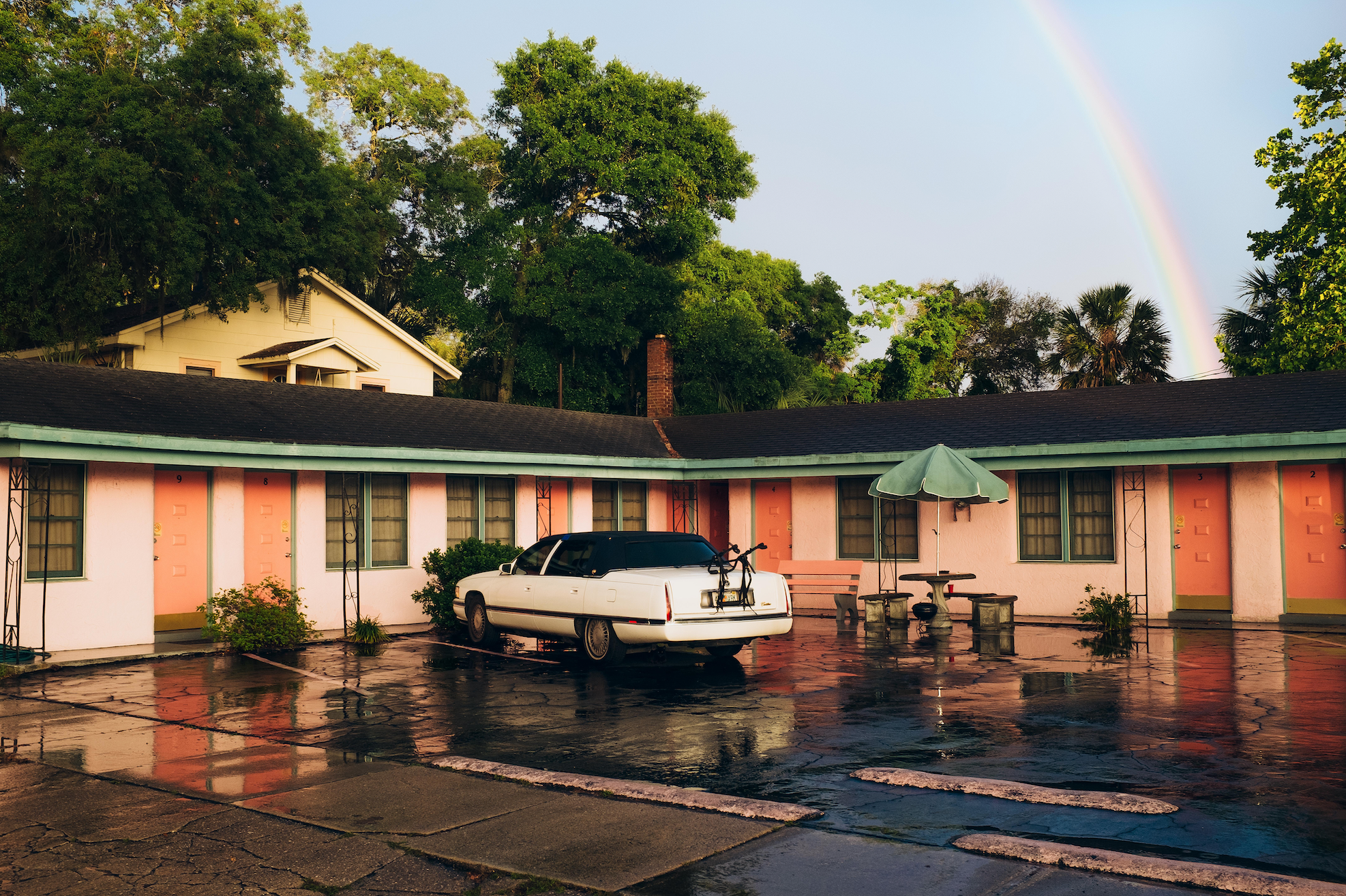
Credit: John Raoux, Associated Press
What’s next?
It will be up to the incoming CRO whether or not to use the report, and some who were involved in the committee process worry that the document could just end up gathering dust.
“Jacksonville has this reputation for producing a lot of reports that don’t ultimately materialize into policy,” said Josh Gellers, an associate professor in the Department of Political Science and Public Administration at the University of North Florida and a subject matter expert for the committee.
Councilman Matt Carlucci said he will not allow the Resiliency Committee to live up to that reputation.
“This will not sit on a shelf,” he said after the February vote. “This will sit on my desk and we will pass it on to the Chief Resiliency Officer.”
Dr. Quinton White was pleasantly surprised with how comprehensive the committee’s final report was. White is the executive director of the Marine Science Research Institute at Jacksonville University and was a subject matter expert for the committee. While he’s hopeful this is the first of many steps towards a more resilient River City, he says there’s still a long way to go, with roadblocks at both the state and local levels.
“I’m always worried that we’re going to settle back into that same old rhythm. Inertia is hard to overcome and making change is hard,” he said. “It’s not going to be easy and it’s not going to be cheap, but the consequences are far more disastrous and far more expensive if we don’t take action now.”




